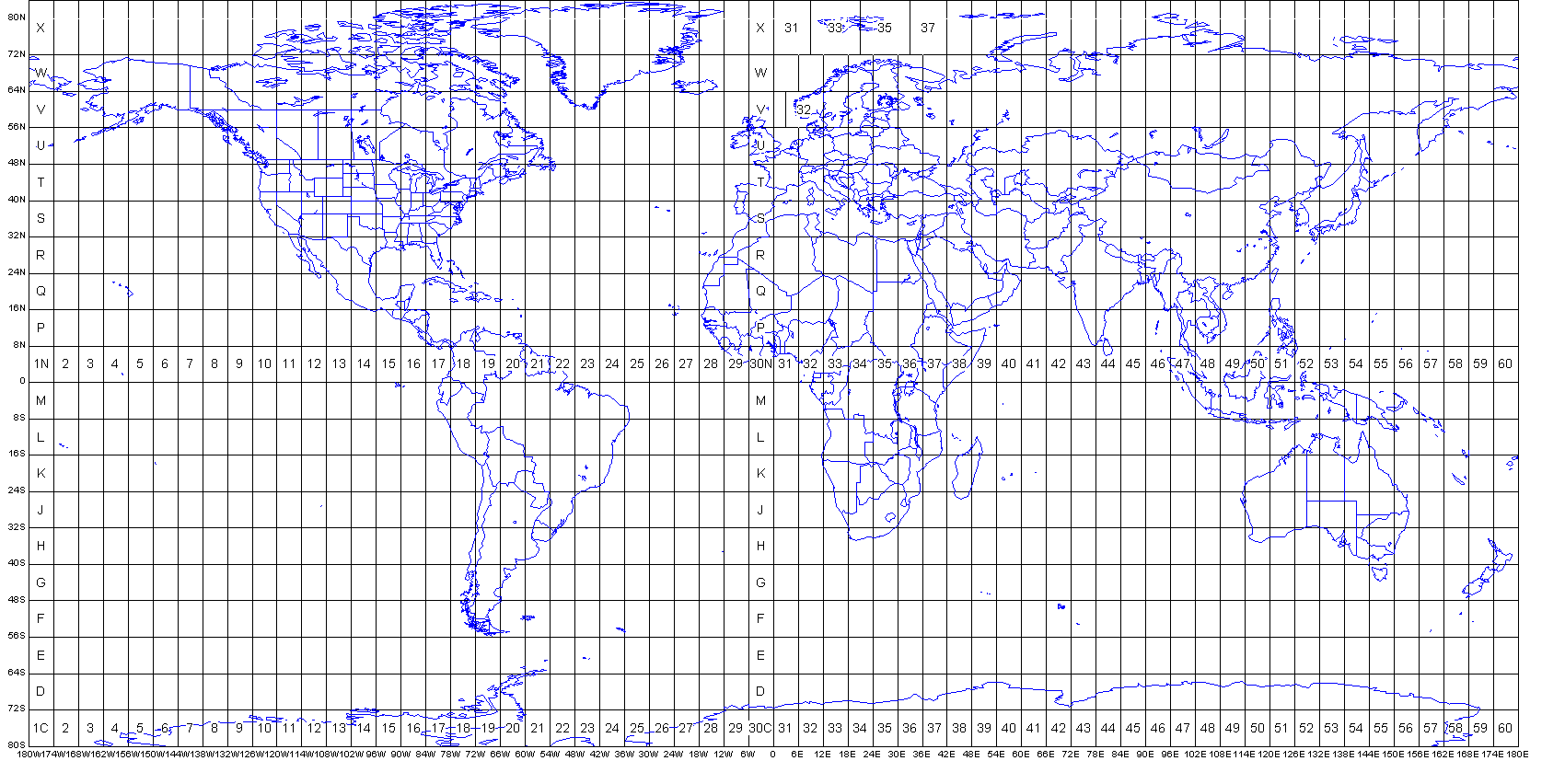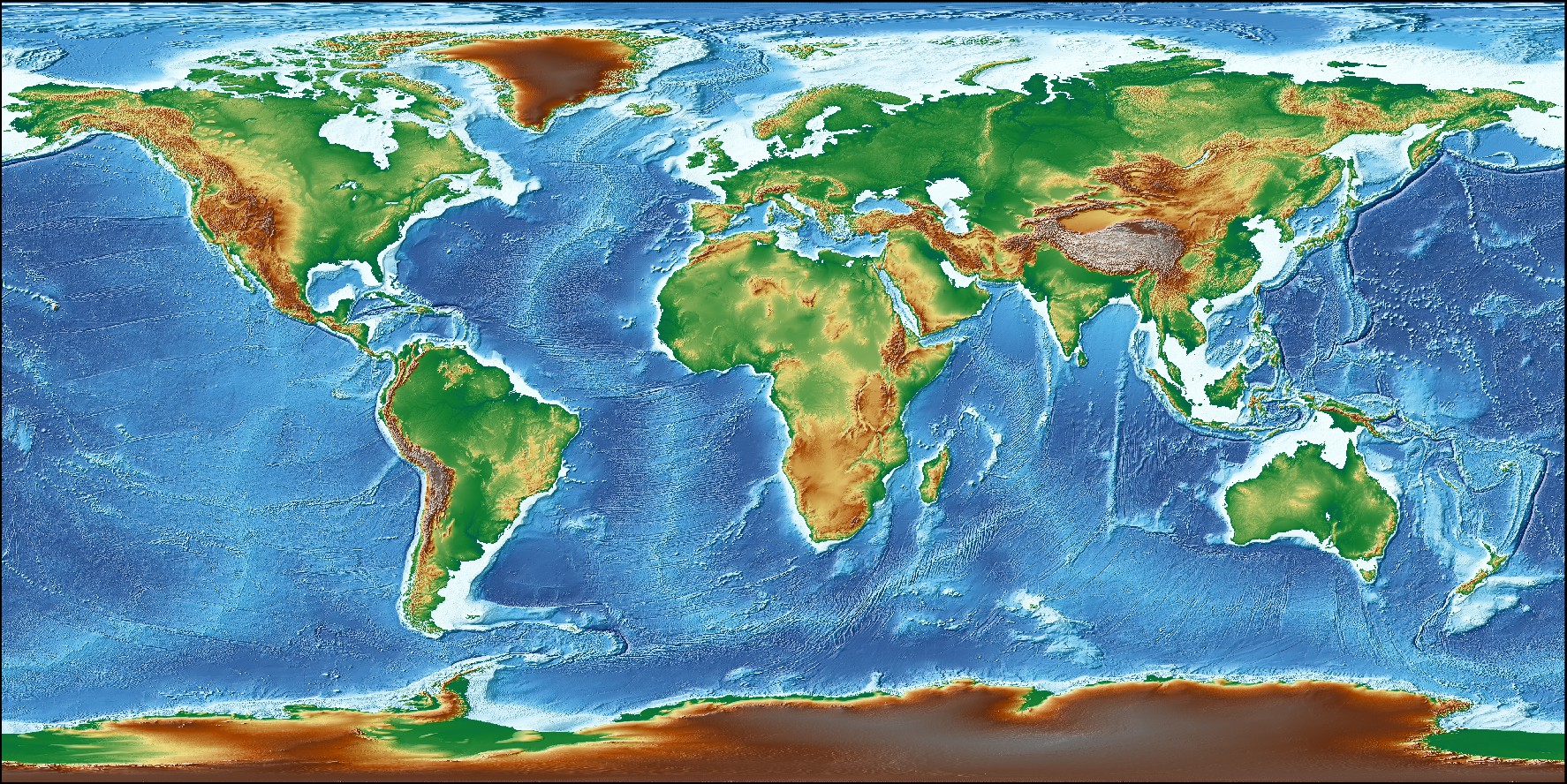


This was with aim of avoiding creating edge effects, 'ridges and ripples', at the boundaries between the sparse grids and base grid during the blending process used previously. grid cells in the base grid were replaced with data from the sparse grids. In contrast to the development of the previous GEBCO grid, GEBCO_2019, the data sets provided as sparse grids by the Regional Centers were included on to the base grid without any blending, i.e. The compilation of the GEBCO_2020 Grid from these regional data grids was carried out at the Global Center, with the aim of producing a seamless global terrain model. For the polar regions, complete grids were provided due to the complexities of incorporating data held in polar coordinates. only grid cells that contain data were populated. These regional grids were then provided to the Global Center.įor areas outside of the polar regions (primarily south of 60°N and north of 50°S), these data sets are in the form of 'sparse grids', i.e. The Regional Centers have compiled gridded bathymetric data sets, largely based on multibeam data, for their areas of responsibility. It is augmented with the gridded bathymetric data sets developed by the four Seabed 2030 Regional Centers. This data set is a fusion of land topography with measured and estimated seafloor topography.

The grid uses as a ‘base’ Version 2 of the SRTM15+ data set ( Tozer et al, 2019). The GEBCO_2020 Grid is a continuous, global terrain model for ocean and land with a spatial resolution of 15 arc seconds. The data are available to download according to the Terms of Use provided in Section 8 below, via several routes including: single-click download of the entire grid, selection of subsets and creation of output in alternative data formats as detailed below. The GEBCO_2020 Grid provides global coverage of elevation data in meters on a 15 arc-second grid of 43200 rows x 86400 columns, giving 3,732,480,000 data points. The GEBCO_2020 Grid can be download from our historical data sets page or from the download app. Please note that the lastest GEBCO grid release is available here. The GEBCO_2020 Grid was released in May 2020 and is the second global bathymetric product released by the General Bathymetric Chart of the Oceans (GEBCO) and has been developed through the Nippon Foundation-GEBCO Seabed 2030 Project.


 0 kommentar(er)
0 kommentar(er)
